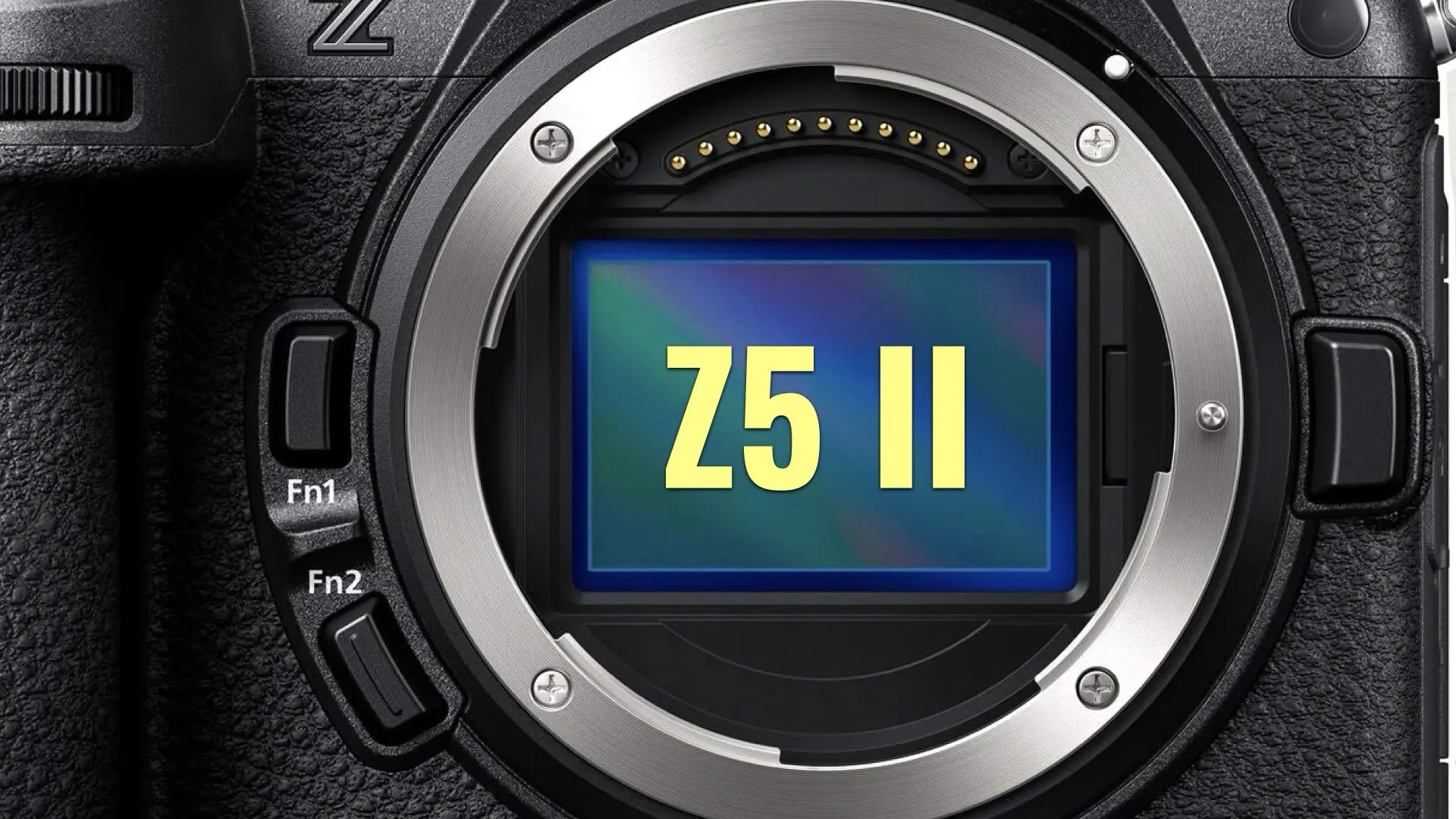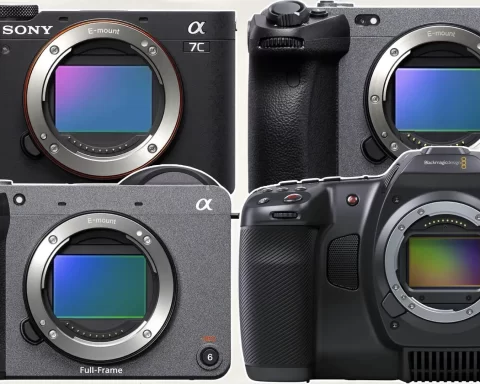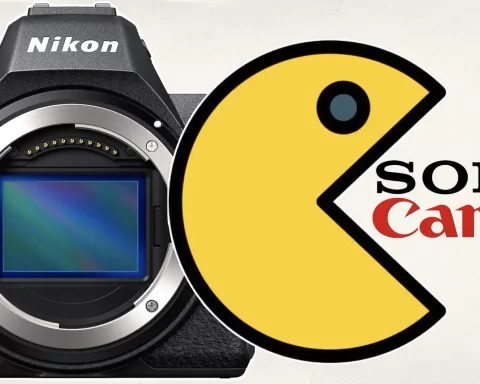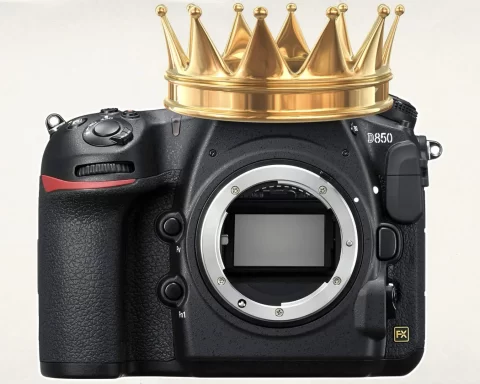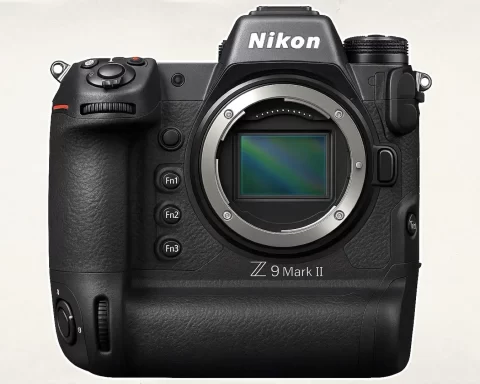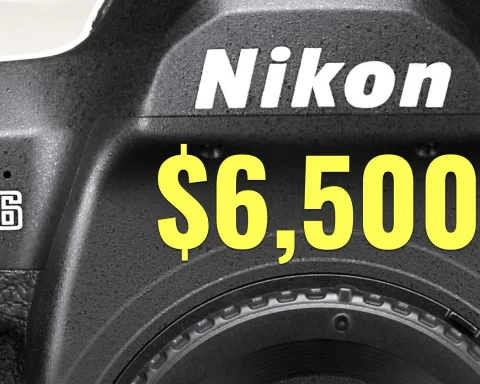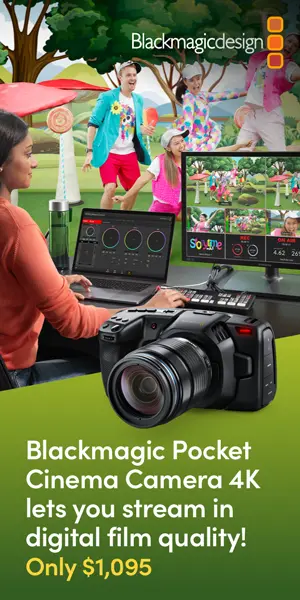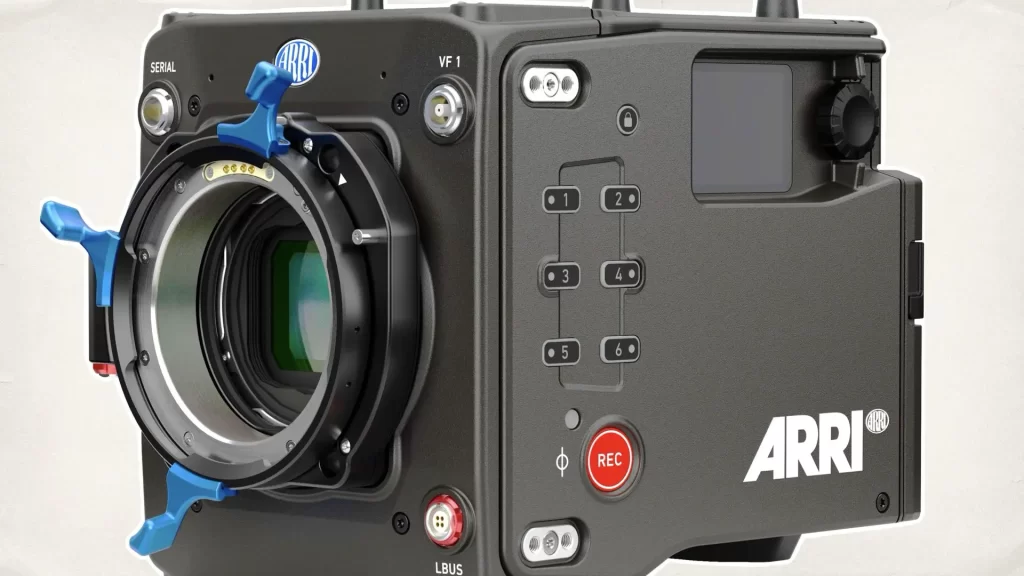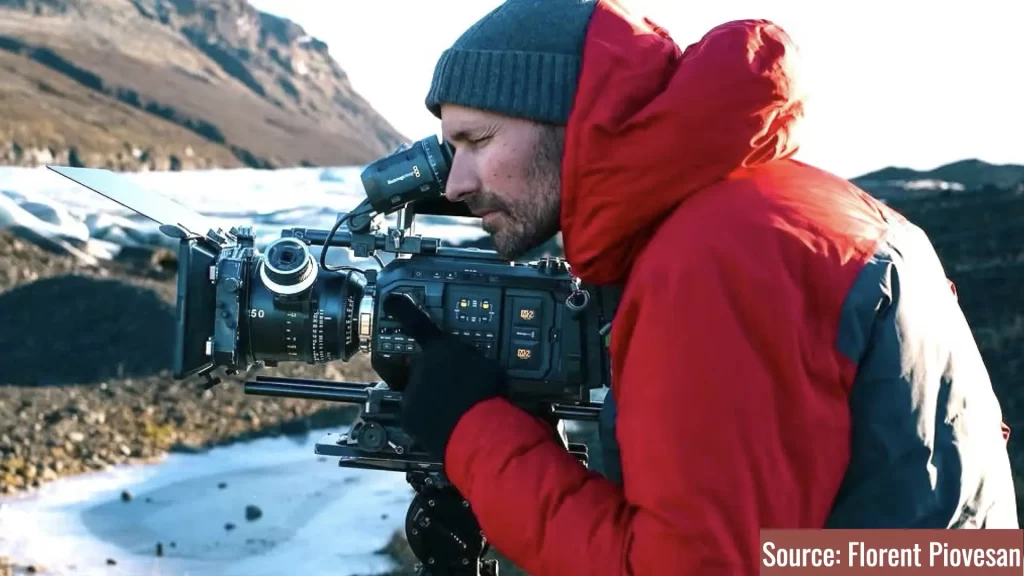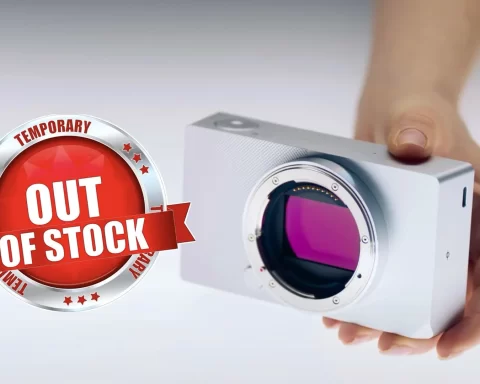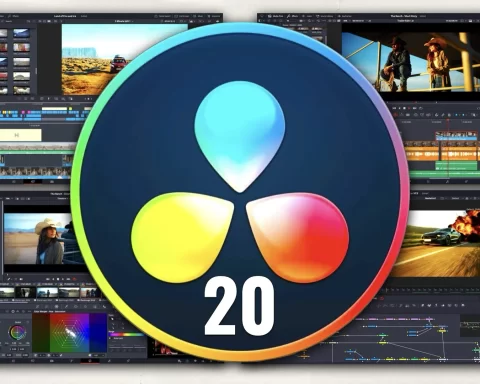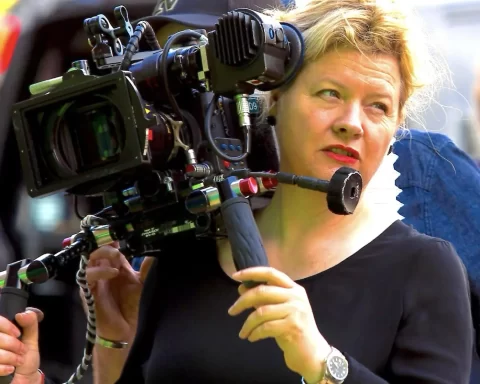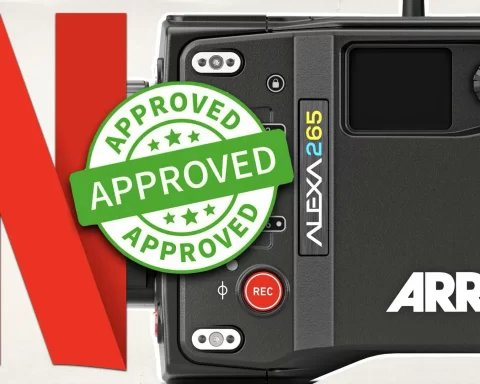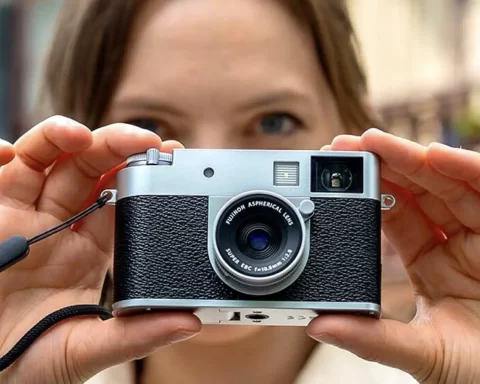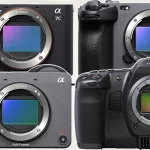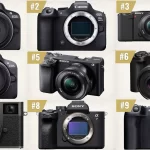Nikon has just unveiled the Z5II, an upgrade to its entry-level full-frame mirrorless camera, offering an affordable yet powerful tool for filmmakers. With a 24.5MP FX-format CMOS sensor, EXPEED 7 image processor, UHD 4K video recording, and 5-axis sensor-shift vibration reduction, the Z5II is set to become a favorite among indie filmmakers and content creators. But how does it stack up against the more advanced Z6 III? More importantly, is the Z5II the best option for budget-conscious filmmakers? Let’s dive in.
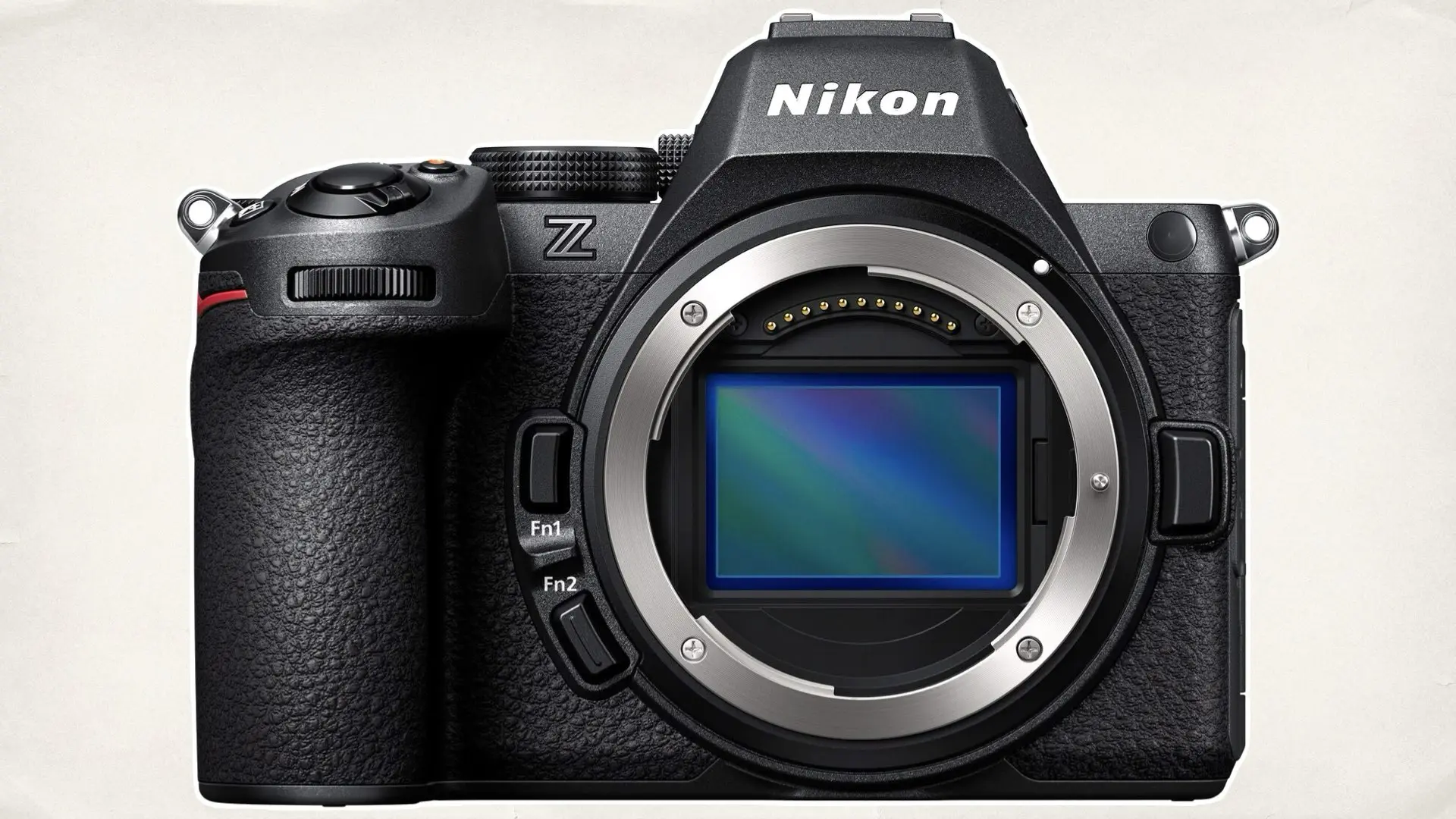
Key Features of the Nikon Z5II for Filmmaking
The Z5II packs several features that make it an attractive choice for filmmakers looking to get the most out of their budget. Its 24.5MP FX-format CMOS sensor captures stunning detail with impressive dynamic range, essential for cinematic visuals. The EXPEED 7 image processor delivers fast performance, improved low-light capabilities, and enhanced color reproduction. With an ISO range of 100-64000, filmmakers can shoot in challenging lighting conditions without excessive noise. For video recording, the Z5II offers UHD 4K and Full HD options, providing professional-quality footage. The 9-Type Subject Detection Autofocus ensures reliable tracking of people, animals, and moving objects, while the 5-axis sensor-shift vibration reduction stabilizes footage for smoother handheld shots. Additionally, the 3.2” vari-angle touchscreen LCD enables flexible framing for different shooting angles, a crucial feature for solo filmmakers. The dual SD UHS-II card slots ensure ample storage for long filming sessions, and built-in Wi-Fi and Bluetooth offer quick file transfers and remote control functionality.
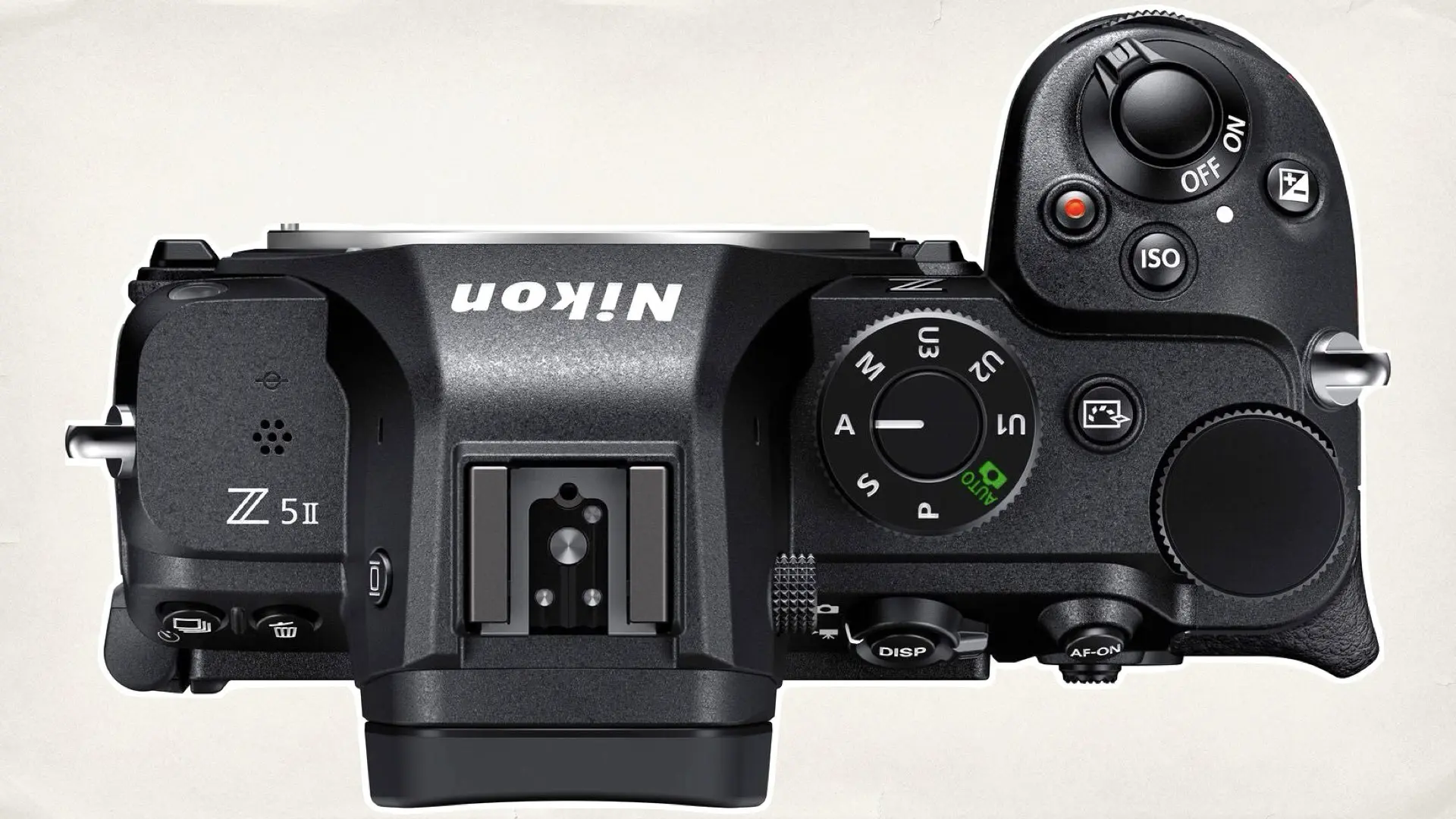
Why the Z5II is Ideal for Budget Filmmakers
The Z5II is designed for filmmakers who want professional-grade footage without breaking the bank. Low-light performance is a crucial factor in filmmaking, and thanks to its high ISO range and 5-axis stabilization, the Z5II enables handheld shooting in dimly lit environments, reducing the need for expensive gimbals or lighting setups. Moreover, its vari-angle touchscreen is a game-changer for solo filmmakers, vloggers, and content creators who need a flexible display for different shooting angles. The dual card slots also provide peace of mind, ensuring footage is securely backed up during long shoots. For those just stepping into the world of full-frame filmmaking, the Z5II offers an accessible price point while maintaining essential filmmaking features—making it a solid alternative to more expensive cinema cameras.
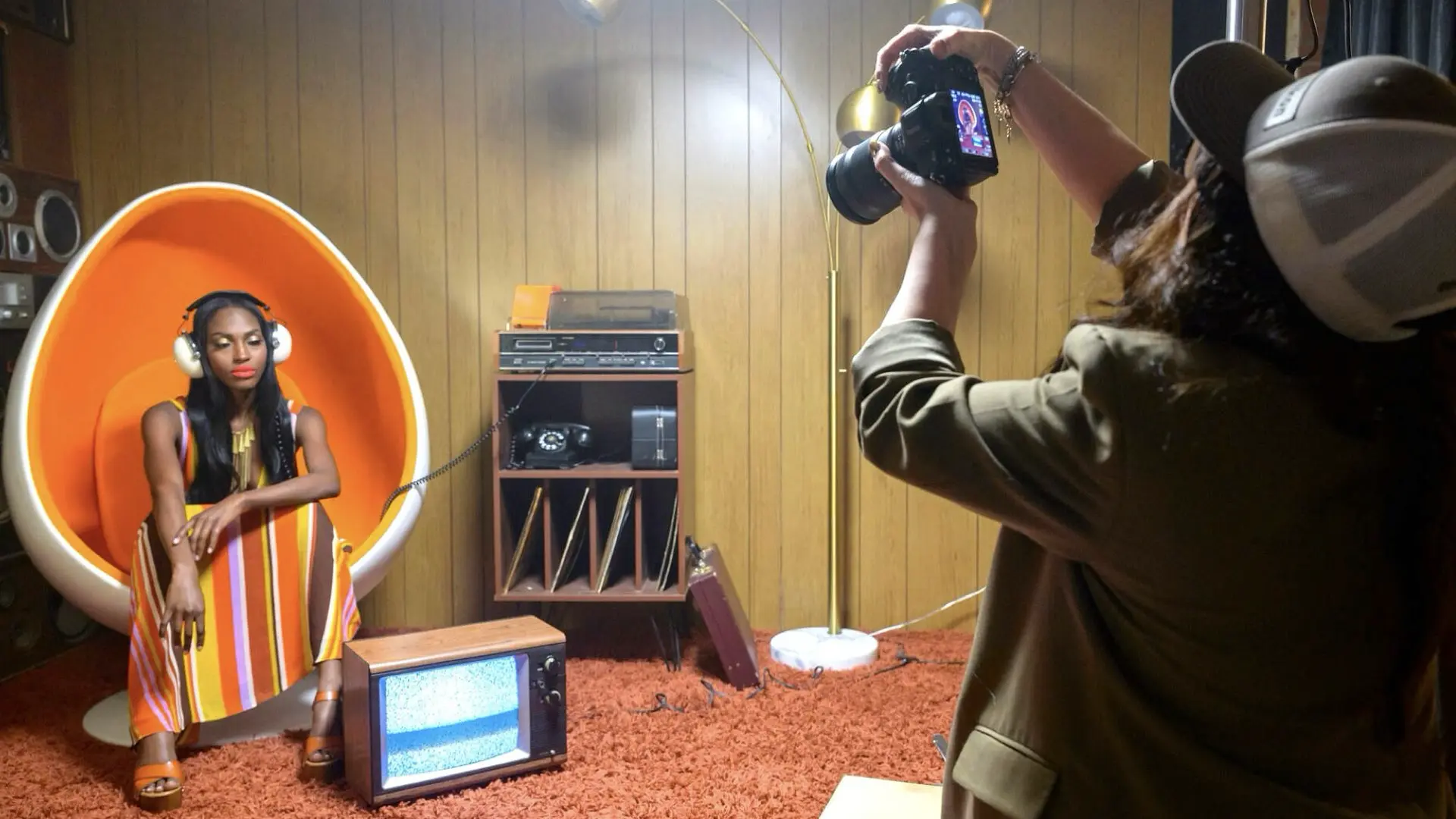
How Does the Z5II Compare to the Nikon Z6 III?
For those willing to stretch their budget, Nikon also offers the Z6 III, a camera that provides even more power for filmmakers. In YMCinema’s review of the Z6 III (Read More), it was dubbed “the best bang-for-your-buck camera” due to its internal 6K RAW recording, higher-resolution electronic viewfinder, and superior autofocus system. Compared to the Z5II, the Z6 III features a more advanced partially-stacked CMOS sensor, superior 3D-tracking autofocus, and a 5.76m-dot OLED viewfinder. It also supports 6K RAW recording, making it a stronger choice for filmmakers who need higher-resolution footage and more professional video features. However, for those who don’t require 6K RAW and want to save money, the Z5II remains a solid choice with its high-quality 4K recording, reliable autofocus, and full-frame imaging at a more affordable price.
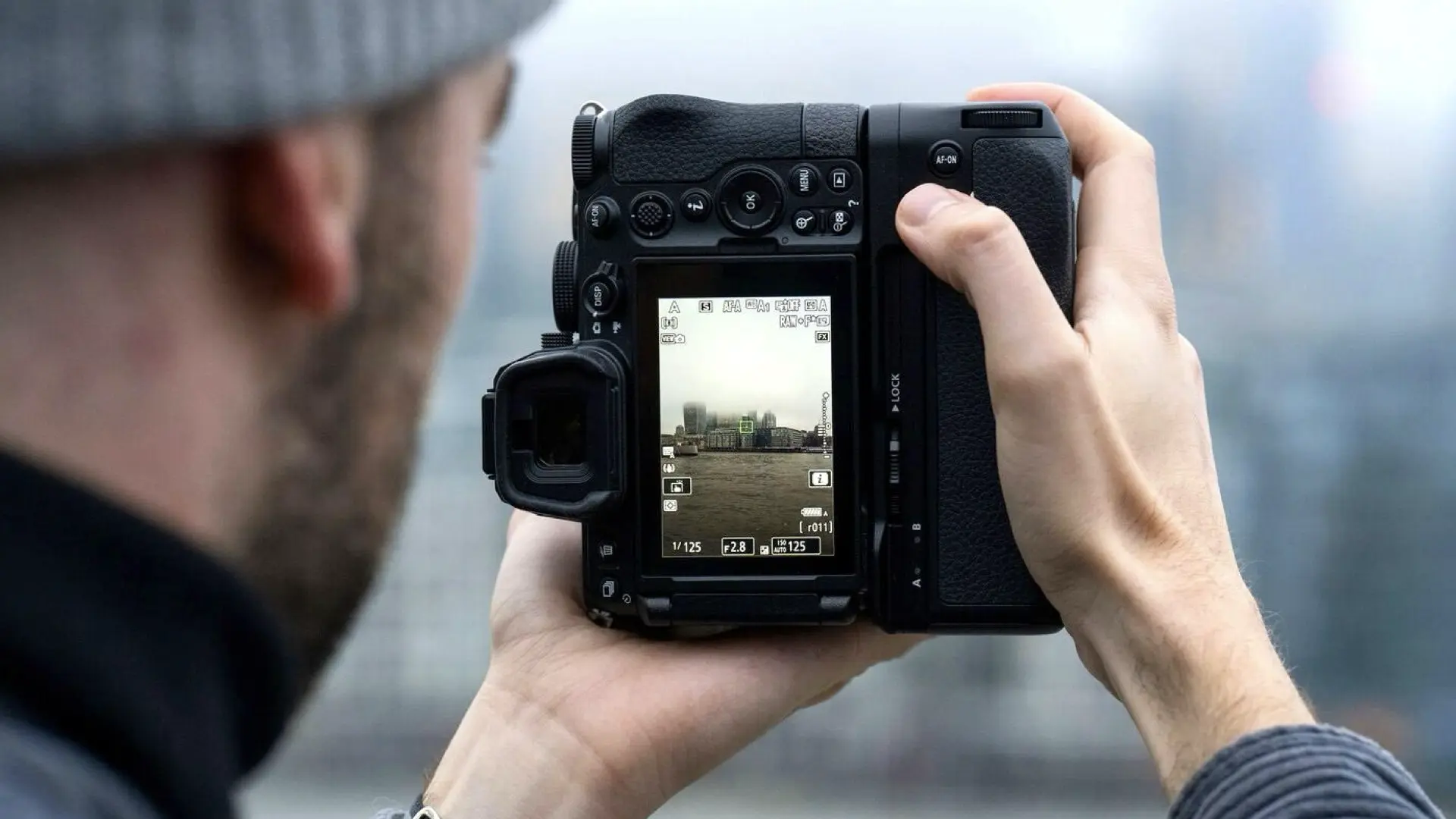
A Filmmaker’s Perspective: Full-Frame for Under $1000?
For those looking for an even more affordable entry point into full-frame filmmaking, YMCinema also covered the original Z6, which can now be found for under $1,000 (Read More). While older, it still offers impressive video capabilities, making it a potential alternative to the Z5II for those who don’t mind using previous-generation hardware.
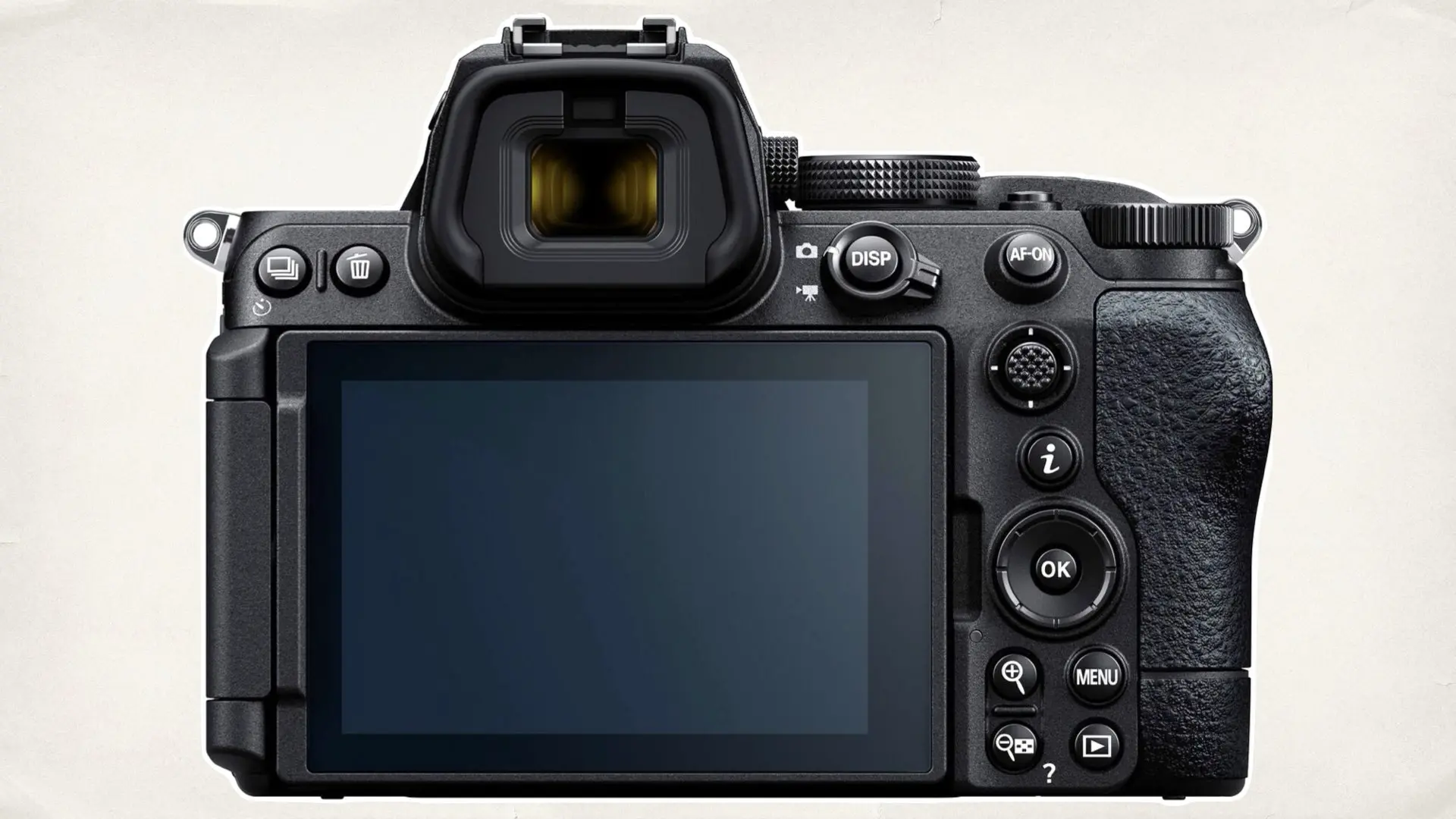
Final Thoughts: Is the Z5II the Ultimate Budget Filmmaking Camera?
The Nikon Z5II is a fantastic option for filmmakers who need full-frame quality at an affordable price. It balances cost and performance beautifully, offering excellent image quality, reliable autofocus, and strong stabilization, making it ideal for indie filmmakers, students, and content creators. For those who need more advanced video features, the Z6 III is worth considering, while those on a tighter budget may look at the original Z6 as an alternative. Regardless of which you choose, Nikon’s Z series continues to be a strong choice for filmmakers looking to step up their production quality. For more insights into Nikon’s Z series cameras, check out YMCinema’s complete coverage here.

